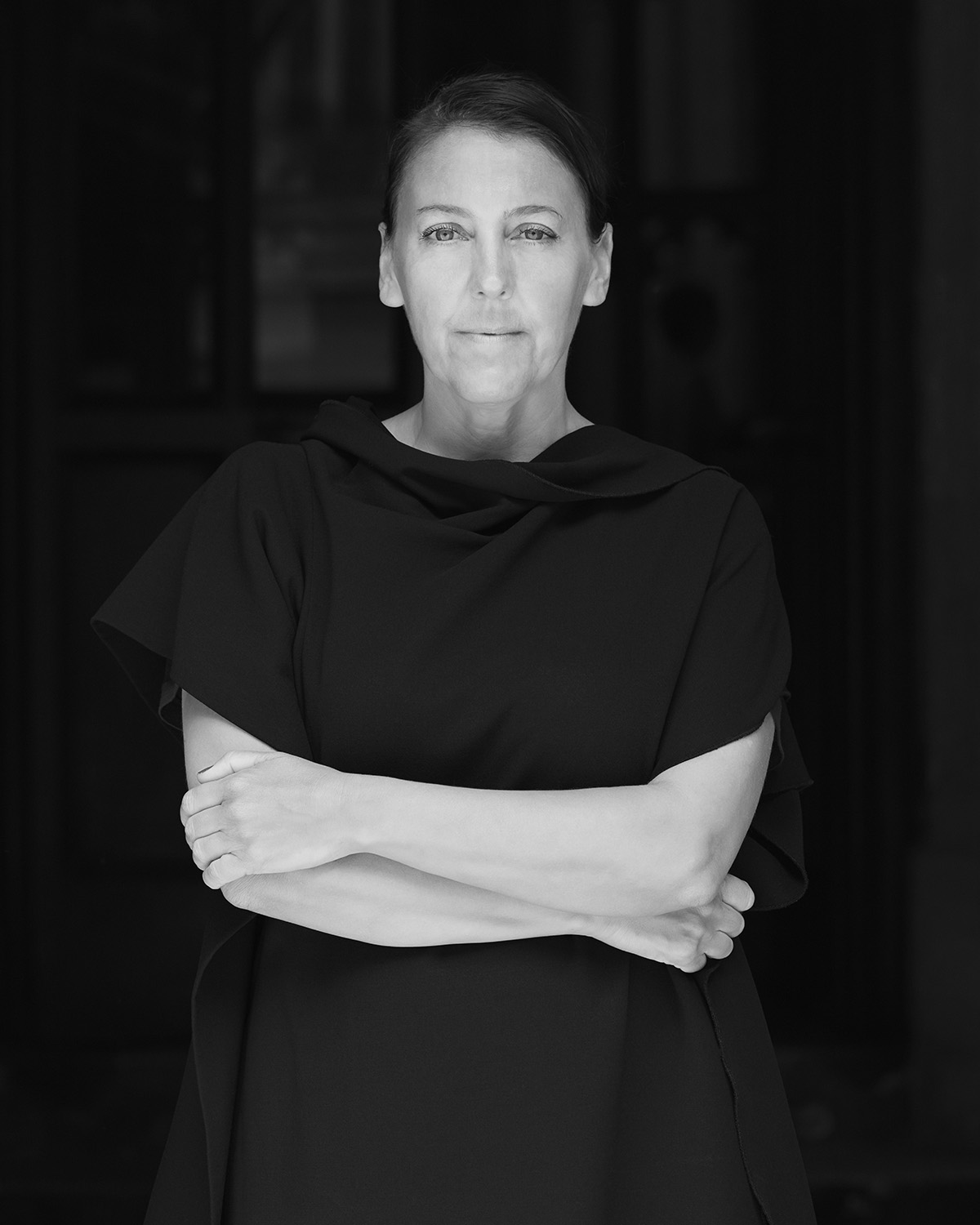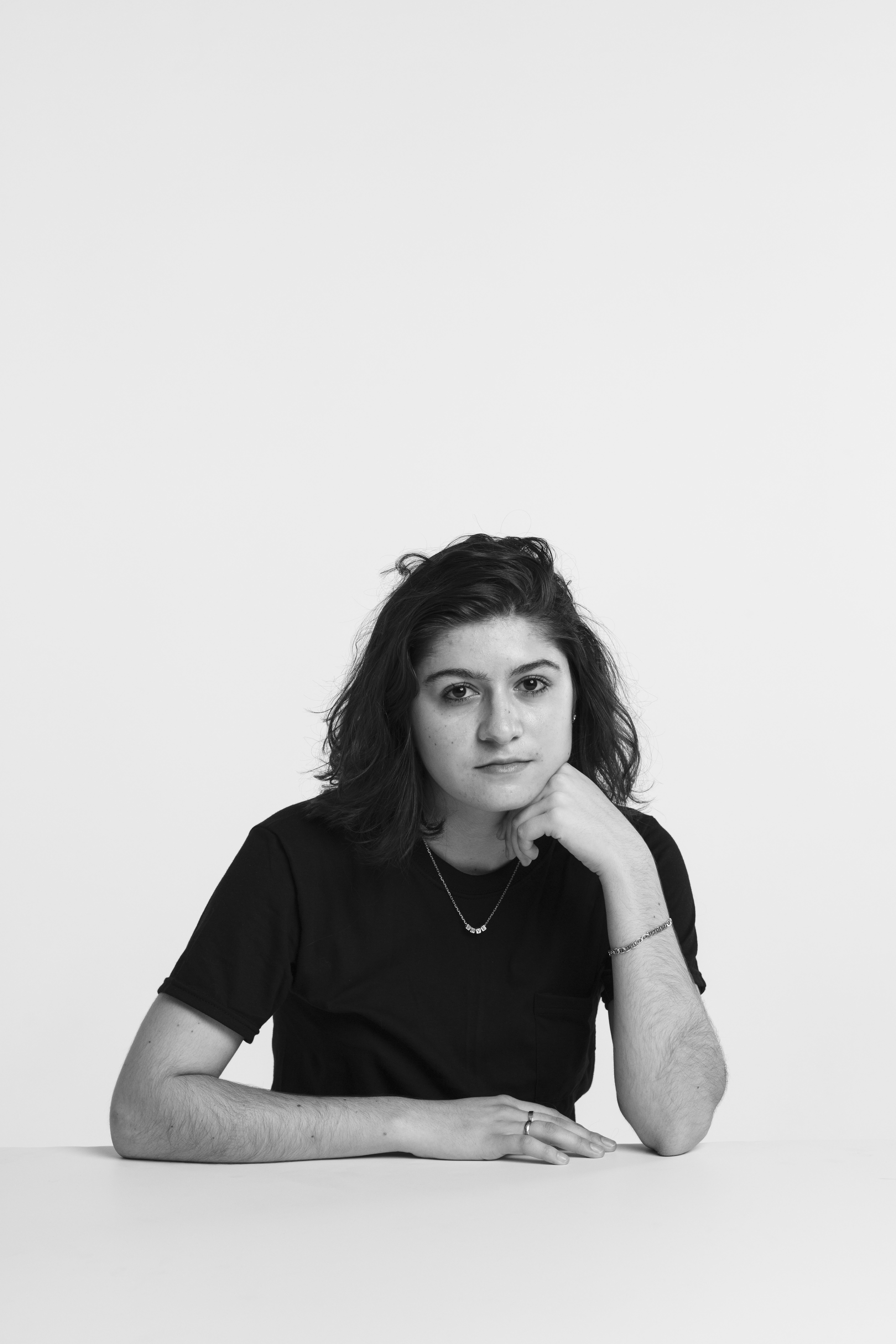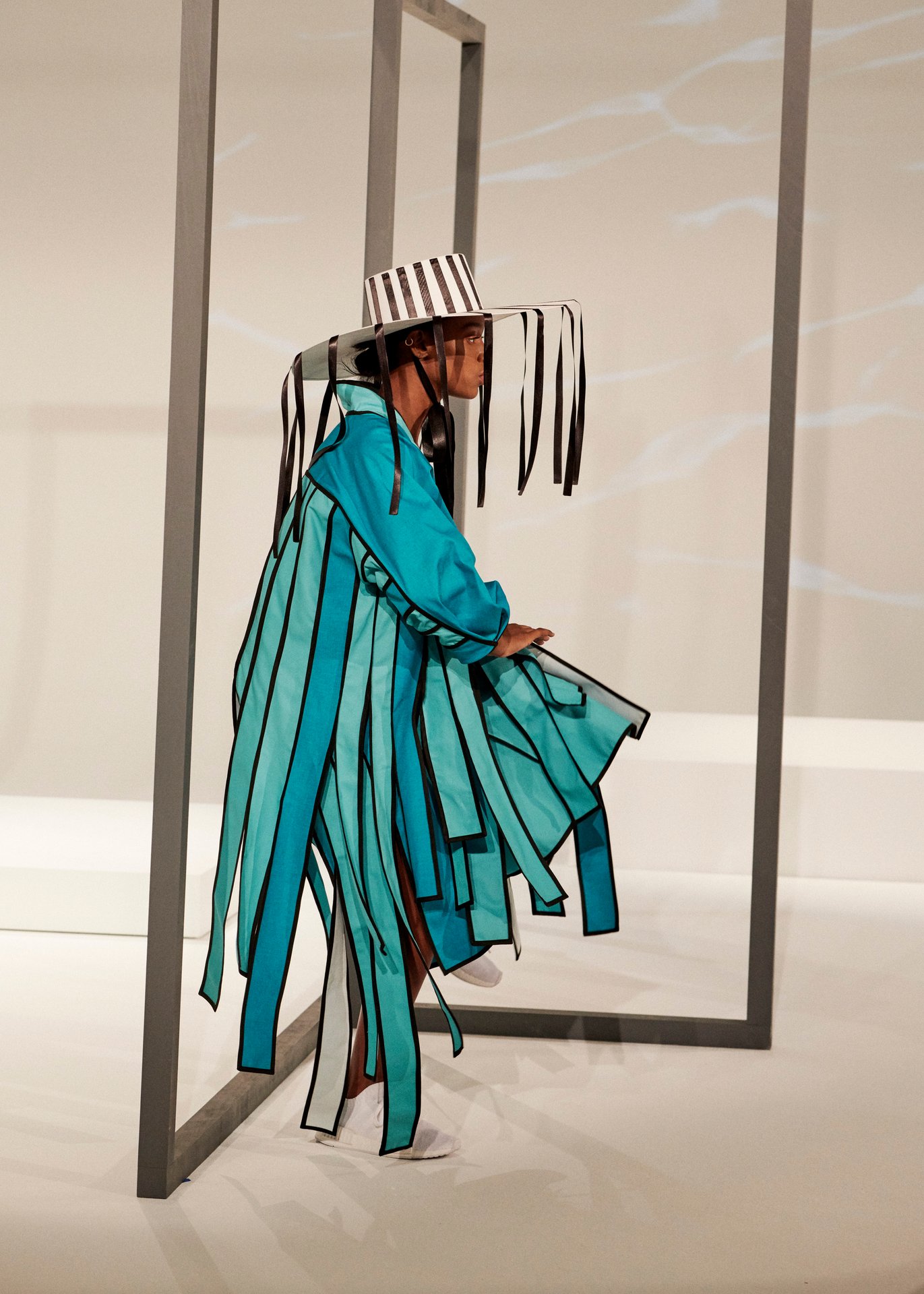Words with (Fashion) Friends: Shelley Fox of Parsons School of Design
September 6, 2018
Joseph Corchado Maglieri


The first program of its kind in the United States, the MFA Fashion Design and Society at Parsons School of Design has been shaping the future of American fashion with an energetic global influence. At its helm is Shelley Fox, who serves as Program Director and Donna Karan Professor of Fashion. An accomplished designer in her own right, Fox’s career has reached across fashion capitals, achieving critical acclaim and industry attention.
Fox played a pivotal role in launching the careers of exciting talents such as Beckett Fogg and Piotrek Panszczyk of Area, Matthew Adams Dolan, Claudia Li, Ryohei Kawanishi of Landlord, Maria Kazakova of Jahnkoy, Kozaburo Akasaka of Kozaburo, and Neil Grotzinger of Nihl.
Here, she muses on her challenges, successes, and the roads they all lead to with agility and precision, the driving forces in her moving fashion forward.
As a graduate from Central Saint Martins in 1996, what were some of the biggest challenges you faced leaving university and going into the fashion industry as an emerging designer?
I don’t think I was aware of the challenges as naive as that might sound, and I didn’t really have a lot of experience but I had a lot of belief in what I was doing. There was room to experiment in both design and in the presentation of collections. Designers such as McQueen and Chalayan, amongst others, helped put London back on the map as a serious fashion capital. There was a new energy in London and it felt very free and there was a ‘make it happen’ attitude. The notion of the East End of London as a creative center had emerged and cheap studio rental was central to the fact that a lot of designers could afford to set up their own labels. Liberty of London wanted to buy my MA collection so that’s how it all started. I didn’t really have a plan at the time.
Who would you consider the most important mentor(s) early on in your career that shaped your trajectory most?
I think the most important mentor early in my career was Louise Wilson during my MA at CSM (Central Saint Martins). I think she focused me in a way through her very honest forthright tutorials, which actually, as terrifying as they could be, I craved because I didn’t want to waste my time and she was good at not wasting your time and she was very no nonsense.
My own personal experience was that of brutal honesty coupled with an invisible arm around you. [Wilson] wasn’t there to see you fall but more to get you to question who you were and why you were doing what you were doing, and that was priceless. She gave me a large scholarship after one semester, after I had proved myself. I found out years later that I got into the MA because my BA tutors at Central Saint Martins had no idea what to do with me and didn’t know how to grade my final collection. Much to their credit, they brought Louise in who told them to give me a First Class Honors’ and offered me a place in the MA [program]. I had to turn it down initially because I had no money. I interviewed a year later and went onto the MA in 1994.
How would you describe being a young designer in London at the time starting off one’s career opposed to the other fashion capitals?
London was resurging from the late ‘80s boom and bust and so real estate was cheap. Creativity and real estate have always gone hand in hand and still do. There were no rules really— and honestly, because not a lot was expected from you. You were learning on the job so to speak, and designers found interesting cheap spaces to present their collections to international editors and buyers, and they all came to see us.
The art world and the music industry played an all important part of all the creativity, too. Bjork was up the road recording at Truman Brewery and you saw Banksy murals cropping up everywhere on the street. It was all just part of what was going on in London at that time. It wasn’t precious in anyway – it all just felt very normal.
You collaborated with photographers such as Nick Knight, and others in the creative arts industry outside of fashion design. Why were these collaborations important to you? Did it change what you learned from your time at Central Saint Martins?
When I was at CSM I was always interested in other things outside of fashion.I’d often skip time at college during my B.A. Textiles program to go and see Don McCullin give a lunchtime talk at the ICA or see Courtney Love play live in the basement of Rough Trade Records in Covent Garden. I first met Jason Kedgley from Tomato, the legendary design group, when he was still a student at CSM. [Kedgley] bought one of my screen printed ‘courier bags’ of Battersea Power Station from my B.A. collection and we continued to collaborate after that.
My husband is also an artist and so that was a huge influence for me to look outside of fashion. Collaboration came naturally to me because it gives you another perspective for your own work and that’s so important for any creative person.
The Parsons MFA Fashion Design and Society program is a trailblazing pathway for designers to maximize their skillset. How much of your own experience as a designer informed the curriculum and program?
My own experience influenced the curriculum hugely. I moved to New York in 2008 and the program was launched in 2010. I brought 12 years of experience as a designer and collaborator. All [of] the things you need to know about as a designer that are not necessarily good at doing yourself. Having an understanding of other peoples’ creativity is key: stylists, photographers, art directors, curators, dancers, musicians. You need to be able to communicate your vision and be open whilst owning your own identity – [a] hard thing to balance when you bring business to the table, but imperative in my view to survive both creatively and financially. You have to ask yourself why you are doing what you are doing.
I have a new collaborator with my Associate Director of the MFA program, JOFF [Joffrey Moolhuizen]. We work very well together and possess different experiences and strengths. We are constantly questioning the curriculum, reassessing it, pushing each other. It is something that comes naturally to us, not to rest on your laurels but how to ask the next questions and we apply this to our curriculum, teaching, and mentorship. It is intense and personal because we are dealing with young creative minds. That in itself is like having up to 36 mini-collaborations during one year.
With a limited number of students selected for each generation of the program, have you identified particular themes from those accepted about what they want to achieve from the program?
We receive approximately 220+ portfolios annually. We review them all, and interview between 40-55 depending on the quality and offer 24 to get our 18 students for that year.
The commonalities are that they want to be a better designer and to be pushed further. They see what is coming out of the program and are inspired by that ambition. They often want set up their own ‘brand’ but don’t really often know why and or what that entails but that’s okay. We have taken students from Architecture, Fine Art, Curation, Linguistics from Harvard… students with medical training that switched to fashion against their parents’ wishes to finally follow their own route. Not all of them make it through to the 2nd year because they either didn’t commit or it’s not the right program for them.
One key question we always focus on is ‘are you open to being pushed?’ because if they are not, then they are wasting their time and ours.
Is there any part of the fashion industry you believe academic institutions “cannot teach,” which are learned from industry experience?
Absolutely. We are a two-year program and would never pretend that we could ‘teach’ everything. That is impossible and should never be even expected. We are part of their experience. We took it upon ourselves to set up an MFA. Internship program, which the students can take up if they want to. It’s not mandatory but takes place during the summer between their first and second year and most of the students take up the opportunity to intern at various companies.
We have many years of different teaching experiences within the MFA program, one being a business consultant, Sarah Broach, who brings in different speakers from the industry – all of whom are incredibly generous with their time. The graduates seem to learn most when they are at the center of their own experience – so when that order comes in from Dover Street Market, which it does often, or they need a factory or business advice, the graduates are back knocking on the door of our offices which are always open. Those relationships don’t stop really but that’s why we love our jobs.
The CFDA and Glamour recently released a study and report on gender inequality in the fashion industry. Central to this study is fashion design, and the lack of women appointed to high-level design positions, such as Creative/Design Director. Do you have any insight or opinion on why there aren’t more women leading storied fashion houses?
This is a question asked time immemorial and has been discussed interestingly in one such study by Dr. Allyson Stokes – a sociologist from University of Waterloo, who coined the phrase ‘glass runway’ and who was reportedly influenced by an article she read by Eric Wilson for The New York Times in 2005, “In Fashion Who Really Gets Ahead.”
Of course, it’s a very complex conversation which requires some honest discussion and in-depth research. You could start with the most powerful women in the industry: the editors, who have a lot of influence so maybe the questions should start with them and their opinion on the whole matter because it’s very all connected. It’s like the men are chefs and women are cooks adage. Same job, different perception of the same talent.
We have a predominately female population within the MFA program and I see them forging new routes for themselves. Many coming from non-traditional fashion capitals such as Beijing, and from backgrounds where fashion is not always seen as a desirable career. We constantly push them and give them the confidence because the talent is vast and so is their originality. I think the industry is still waking up to the fact that there is a new generation of women coming forward.
With everything you are leading and working on, what is most important to you right now? Where do you see the rest of the year taking you?
To continue being the best at what we do and what we can deliver to our students and to take fashion thinking to another level because JOFF and I are extremely ambitious for the MFA program. This year, we worked on a collaborative design project involving incarcerated youth at Rikers Island and our first-year students. We brought in a forensic psychologist who had experience in working at both Rikers and other such facilities to brief our students and ourselves on how to approach working with incarcerated youth at Rikers Island. It was a group project, which situated all male incarcerated youth as the Creative Directors and our students as the design teams.
Additional classes in Art, Music and Choreography were designed within the fashion brief for the youth at Rikers Island. Joff and I visited Rikers Island every week for 14 weeks and on 5 occasions with our students, which was both incredibly challenging and rewarding.

